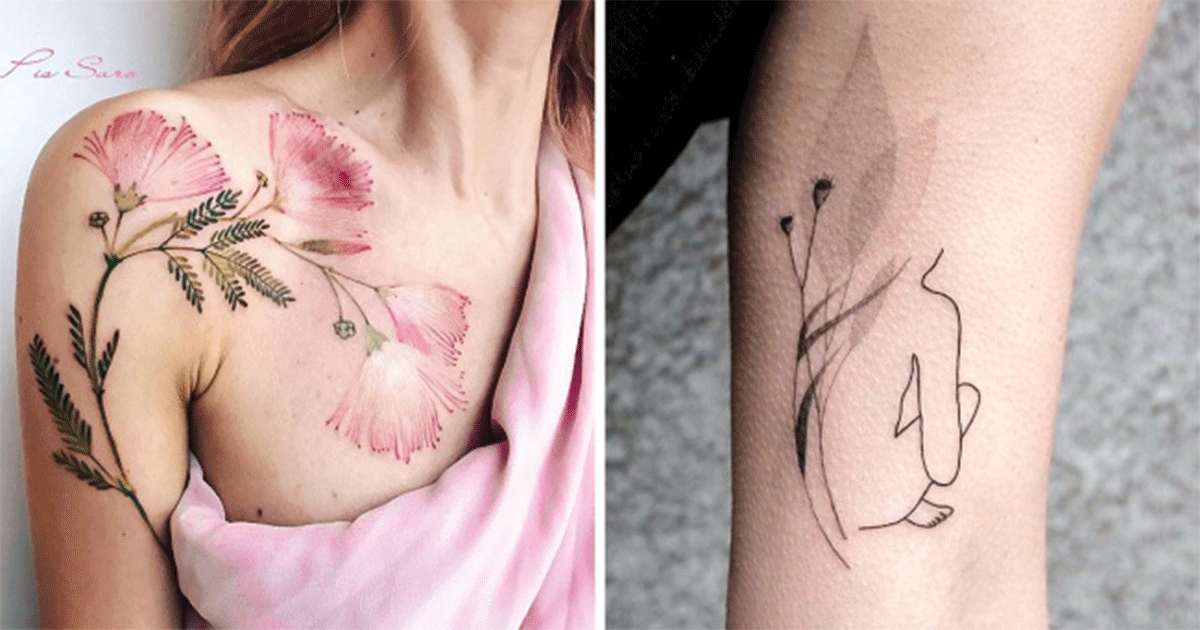20 Household Items You Didn’t Realize Had Expiration Dates
20 Household Items You Didn’t Realize Had Expiration Dates
We all know that food and medicine come with expiration dates, but did you know that many common household items also have a shelf life? Using these items past their prime can reduce their effectiveness or even pose safety risks. Here are 20 household items you didn’t realize had expiration dates and when to replace them.
1. Toothbrush – 3 months
Toothbrushes wear out over time, becoming less effective at cleaning your teeth and removing plaque. Dentists recommend replacing your toothbrush every three months or sooner if the bristles are frayed.
2. Pillows – 1 to 2 years
Pillows collect dust mites, skin cells, and sweat over time, which can lead to allergies or neck pain due to losing shape. Replace them every 1 to 2 years to ensure proper support and hygiene.
3. Sponges – 1 to 2 weeks
Kitchen sponges are breeding grounds for bacteria. Even with regular disinfecting, they should be replaced every 1 to 2 weeks to avoid spreading harmful germs.
4. Loofah – 3 to 4 weeks (natural), 2 months (plastic)
Loofahs collect bacteria from the shower. Natural loofahs should be replaced every 3 to 4 weeks, while plastic ones can last up to 2 months.
5. Sunscreen – 1 to 3 years
Sunscreen loses its effectiveness over time, which can leave your skin unprotected. Check the expiration date and replace it after 1 to 3 years, or if you notice changes in texture or smell.
6. Makeup Brushes – 6 months to 1 year
Even with regular cleaning, makeup brushes accumulate bacteria. For optimal hygiene, replace them every 6 months to a year.
7. Towels – 2 years
Towels lose their absorbency and can harbor bacteria over time. It’s a good idea to replace bath towels every 2 years, especially if they start to smell even after washing.
8. Hairbrush – 1 year
Hairbrushes collect dead skin cells, oils, and product buildup, which can lead to scalp irritation or damaged hair. Replace your hairbrush yearly, and clean it regularly between uses.
9. Mattress – 7 to 10 years
Mattresses lose their shape and support over time, affecting your sleep quality. Experts recommend replacing your mattress every 7 to 10 years for optimal comfort and health.
10. Wooden Cutting Board – 1 year
Wooden cutting boards can absorb bacteria and moisture, making them a breeding ground for germs. Replace them annually, or when they develop deep grooves where bacteria can hide.
11. Fire Extinguisher – 5 to 15 years
A fire extinguisher may not work as intended if it’s too old. Check the manufacturer's instructions, but most need to be replaced or serviced every 5 to 15 years.
12. Water Filter – 2 to 6 months
The filters in your water pitcher or refrigerator need regular replacement, typically every 2 to 6 months, depending on usage. Using them beyond their expiration can lead to contamination.
13. Smoke Alarms – 10 years
Smoke alarms lose sensitivity as they age. It’s essential to replace the entire unit every 10 years, and check the batteries regularly to ensure they’re working.
14. Hydrogen Peroxide – 6 months after opening
Hydrogen peroxide breaks down into water and oxygen over time, losing its effectiveness. Once opened, it should be replaced after 6 months.
15. Perfume/Cologne – 1 to 3 years
Perfume and cologne can change in scent and chemical composition over time. They generally last 1 to 3 years before they start to deteriorate, especially if exposed to heat and light.
16. Bleach – 6 months
Bleach loses its potency after 6 months, making it less effective for disinfecting. Replace bleach regularly to ensure it’s still killing germs.
17. Dish Detergent – 1 year
Dishwashing detergent loses its ability to cut through grease and grime over time. It’s best to replace it every year for optimal cleaning results.
18. Shower Curtains – 1 year
Shower curtains can develop mold and mildew, even with regular washing. Replace them every year or sooner if you notice any discoloration or a persistent smell.
19. Plastic Containers – 2 to 5 years
Plastic food containers can degrade, warp, or absorb smells over time, especially if used in the microwave. Replace them every 2 to 5 years, or when they show signs of wear.
20. Running Shoes – 300 to 500 miles
Running shoes lose cushioning and support after about 300 to 500 miles of use. Worn-out shoes can lead to foot, knee, or back pain, so replacing them on time is important for injury prevention.
Conclusion:
Keeping an eye on the expiration dates of household items is essential for maintaining a clean, safe, and healthy living environment. Regularly replacing items ensures that they function as intended and helps avoid potential health risks. Don’t let these often-overlooked expiration dates catch you by surprise!














